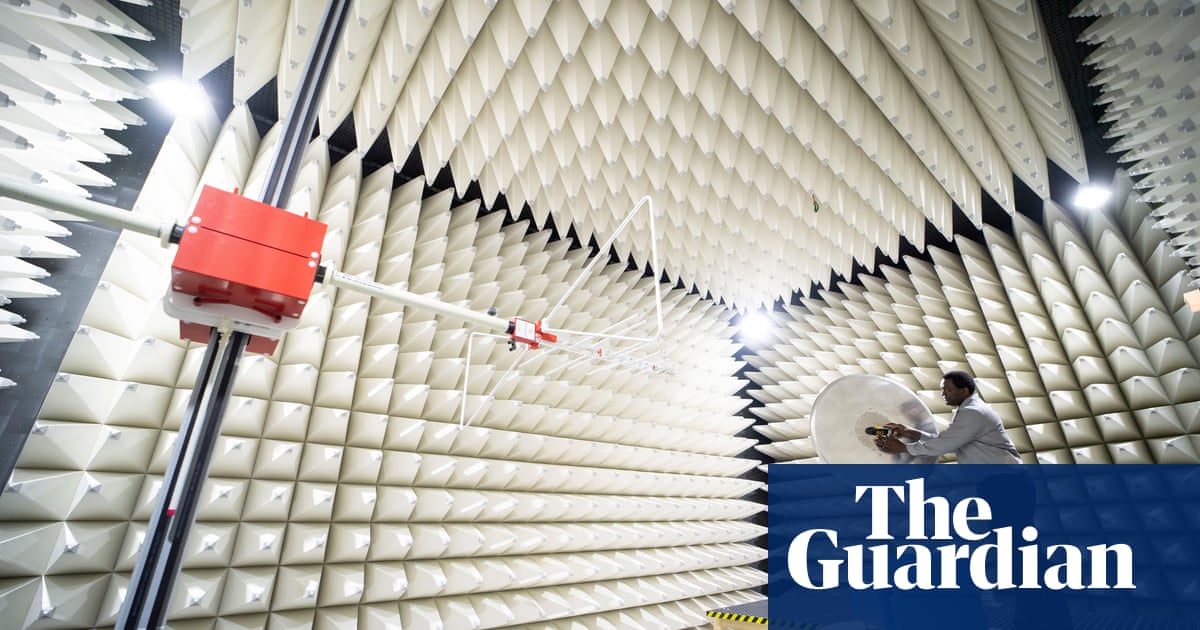This article covers the topic of 5G radiation, a non-ionizing type of electromagnetic radiation. Because 5G radiation is tiny, it doesn't have the ability to break the chemical bonds of biological tissues or cause any alteration to cells. It's not clear if 5G radiation affects the risk of skin cancer, and no evidence has been found to suggest it may cause any other diseases.
High-frequency millimeter wave radiation
High-frequency millimeter wave radiation emitted by mobile devices and wireless networks could cause adverse health effects for humans. There are many ways this radiation could cause harm. In some cases the radiation could cause damage to the person's DNA. In other instances, it may cause damage to other areas of the body, such as the brain.
Recent research has shown that 5G technology may induce the heating of tissues. In the aftermath, scientists from International Council on Non-Ionizing Radiation Protection (ICNIRP) has asked to review the current standards for biological and thermal safety. The current standards for exposure do not protect people from excessive heating when exposed to pulsed millimeter waves.
Skin cancer risk
There is no definitive answer yet to the question of whether 5G radiation could cause skin cancer. However, it is thought that 5G RF-EMFs behave like high-LET ionizing radiations. This means that they can cause large amounts of free radicals in the skin. The FCC has not issued any specific guidelines regarding the risks of 5G technology. Consequently, the debate is ongoing.
Although there are a number of studies regarding the impact of higher-frequency radio waves on the human body, they have been largely limited in scope. However, there is concern over the effects of millimeter-wavelength exposure on oxidative stress and gene expression. These effects could be extended to the skin and various organs, such as the brain.
Influence on other diseases
A new generation of wireless technology called 5G is rapidly growing in popularity, but scientists are warning about the health risks that could be associated with it. The technology will significantly increase the quantity of electromagnetic radiation that is found in our environment. This issue has caused debate in several nations, including Switzerland. In September 2017, 390 scientists and doctors supported a motion for the suspension of 5G technology. This motion was not heeded by the European Commission, which is in charge of monitoring the use of 5G technology.
Therefore it is necessary to conduct more research to assess the health effects of 5G. However, studies have shown that 5G does not cause the same negative effects on humans as old mobile networks. It also does not spread a new type of coronavirus. Furthermore it doesn't make people more susceptible to infections caused by viruses.
Exposure measurement
The measurement of exposure to radiation from 5G is an essential component of making sure that 5G networks are safe. There are two methods to determine exposure. One method is measuring the power of radio waves absorption by human tissue. The other involves measuring the amount of radiofrequency energy produced from an object. The term "radiofrequency energy" (RF) is an energy field that is emitted through radio transmitters.

Within the United States, the FCC has implemented a limit on the power density of mobile devices running 5G. The tests are able to determine power density at the distance of only a few inches. they do not require measurements of every beam. FCC does not have to measure every beam. However, it is possible to determine the energy density for each beam can be determined through computer simulation. The worst case scenario is selected based on the configuration of each beam.
Study limitations
There has been a lot of debate about the impact of 5G radiation on the health of humans. does 5g emit radiation , for instance has released a report which concludes that the technology has no health effects in the short term but there aren't any studies that have demonstrated long-term impacts. But, the report contains a number of problems that include biased reportage.
The power and frequency of the radio waves that carry energy are determined by the frequency. The energy carried by a millimetre-wave will be the same as that of current radio waves however, they're smaller in size and better suited for high-density environments, since they will not be easily blocked by glass or walls. 5g radiation with high density would require a large number of smaller, low-power locations, while suburban areas would benefit from 5G stations that operate at lower frequency.
